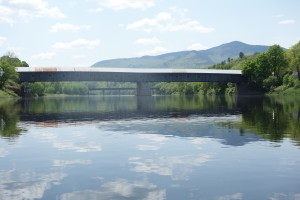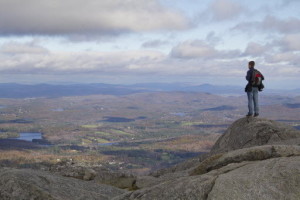New guide on Recommended Practices for Landscape Conservation Design highlights Connect the Connecticut
Wondering how to develop, facilitate, or participate in a landscape conservation design (LCD) project? The new Recommended Practices for Landscape Conservation Design guide provides a road map for practitioners who are just venturing into this collaborative process based on lessons learned from landscape-scale projects across the country, including Connect the Connecticut.
The guide contains five sections covering major themes in landscape conservation design. Each section describes vetted practices, resources for more information, and presents a case study where the practices have been implemented. Connect the Connecticut and Nature’s Network – the landscape conservation design for the Northeast region that was built on the foundation laid by the Connecticut River pilot — are featured in a case study in Section 1 of the guide, which focuses on initiating a design process.




 Whether planning a canoe trip or a conservation project along the Connecticut River, it helps to look at the big picture. North Atlantic LCC Communications Coordinator Bridget Macdonald reflects on the importance of efforts that bring partners together to s
Whether planning a canoe trip or a conservation project along the Connecticut River, it helps to look at the big picture. North Atlantic LCC Communications Coordinator Bridget Macdonald reflects on the importance of efforts that bring partners together to s
